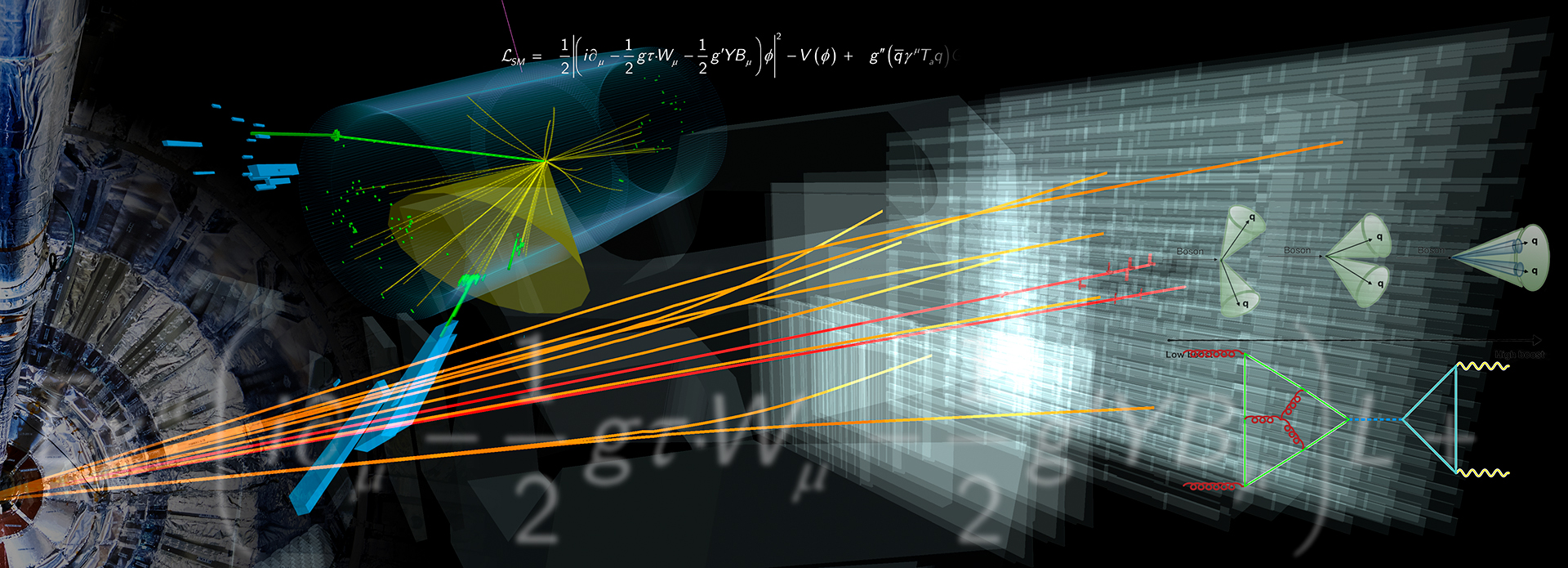B3a: Dark sectors at the LHC
| Principal Investigators | |
|---|---|
| Jun.-Prof. Felix Kahlhoefer | RWTH Aachen University |
| Prof. Michael Krämer | RWTH Aachen University |
| Prof. Tilman Plehn | Heidelberg University |
Subject
Dark matter is one of the big questions driving searches for new particles at the LHC. It links collider searches to direct and indirect detection expe- riments, and the cosmic microwave background. At the LHC we search for the dark matter candidate as well as the mediator of its interactions. We will first explore different models of dark sectors and perform a comprehensive classification of relevant scenarios. We will then analyse the corresponding LHC phenomenology, including for example new strong dynamics or light mediators. Finally we will develop a global interpretation framework.
At the LHC dark matter can be related to missing transverse momentum, exotic resonances or indirect effects from the mediators or complex combinations of signatures. For the upcoming runs we need to combine state-of-the-art phenomenology, precision predictions and advanced searches. We will combine bottom-up approaches, lsuch as effective theories or simplified models with top-down approaches such as supersymemtry or extended gauge sectors.
Topics
- Models: light WIMPs
- Motivation and constraints for GeV-scale dark matter
- Embedding of simplified models into full theories
- Models: Beyond WIMPs
- Exploration of the different dark matter production mechanisms
- Connection between the structure of dark sectors to exotic signatures
- Phenomenology: Resonance searches
- Identification of the most sensitive observables and signal regions
- Inclusion of searches for broad resonances and displaced vertices
- Phenomenology: (Dark) showers
- Simulation of light dark matter annihilation with HERWIG
- Development of a tool to simulate dark showers based on HERWIG
- Interpretation: Recasting
- Combination of all relevant LHC searches and flavour observables
- Constraints on dark sectors from SM precision measurements
- Interpretation: Global fits
- Viability of WIMP models and predictions for future WIMP searches
- Framework to analyse complementary information and positive signals dictions and advanced searches.
